Hi,
yesterday I try to find an easy&fast-all-for-one-setup and ... I found one.
My goal was to find a workflow, that allow to render "every" scene with one setup and without subdiv settings of materials ... and fast must it be. Now call me a fool ... ... and try it.
... and try it.
Befor I explain and bring confusion, here my settings (at vray for rhino).
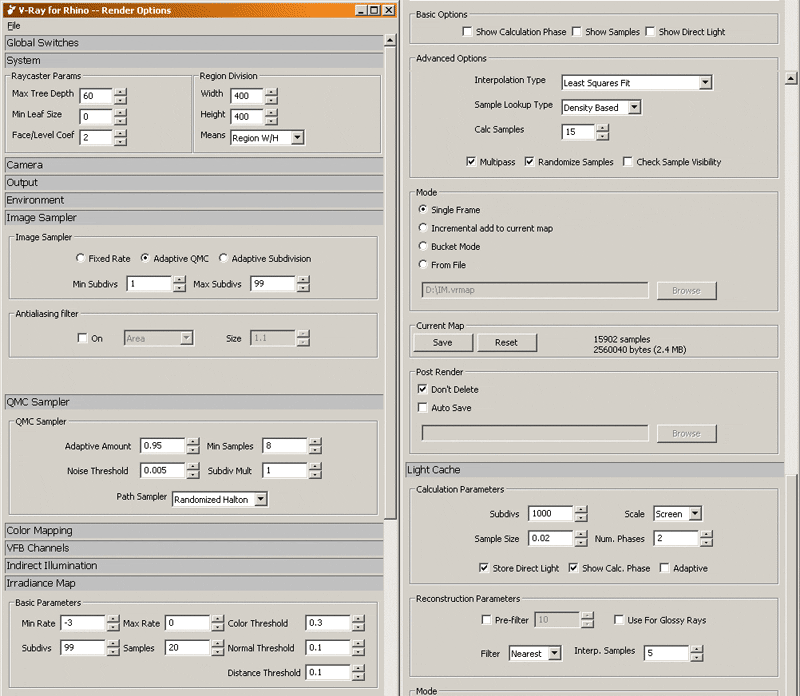
Standard method adative 1/4 0.85 ....
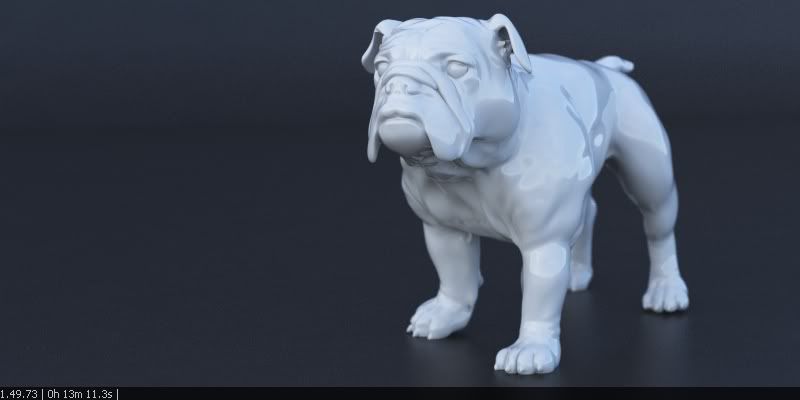
Quasi full adaptive IM
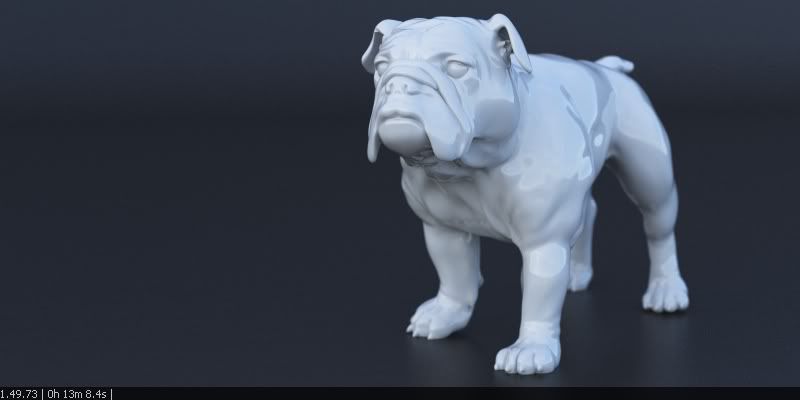
Like I have shown here, it's possibe to set Vray in progressiv mode per full image bucket size and "full" adaptive rendering. In combination with PQMC the results are:
Quasi full adaptive IM + progressiv final pass stoped after 13min
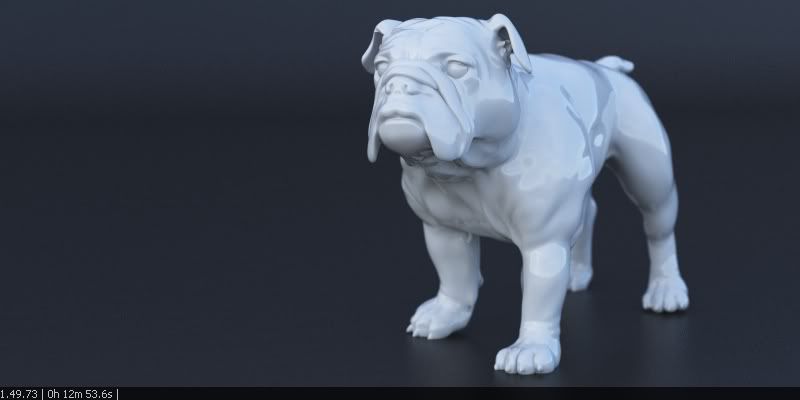
Quasi full adaptive IM + progressiv final pass stoped after 10min
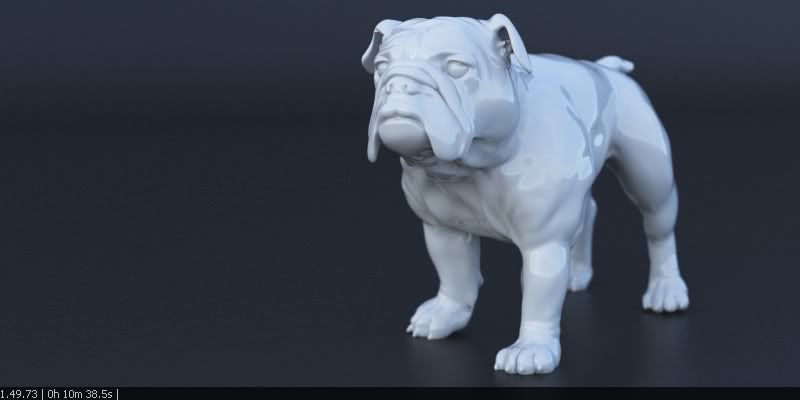
Yesterday, after I tested the basic IM options, I wrote this at the VfR forum:
And here two interior renderings with Quasi adaptiv IM (QAIM):
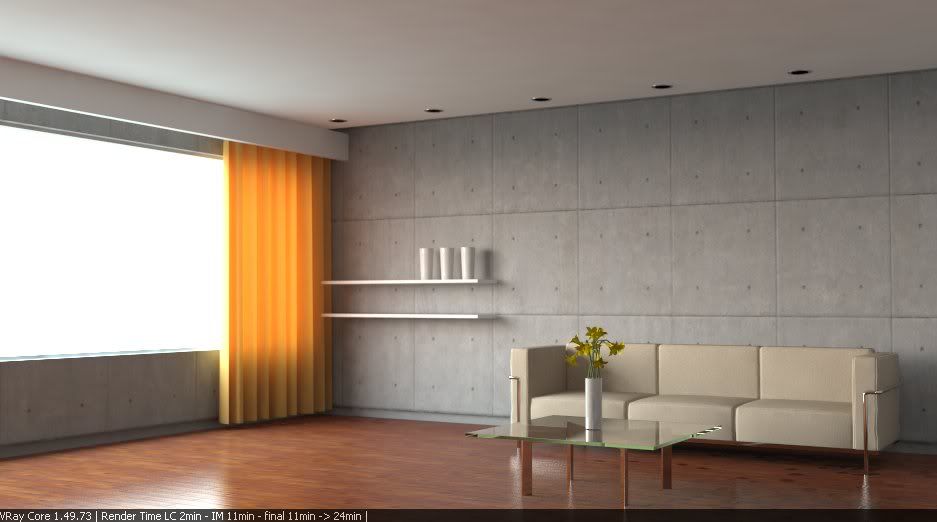
... "use for glossy rays" of the LC enabled
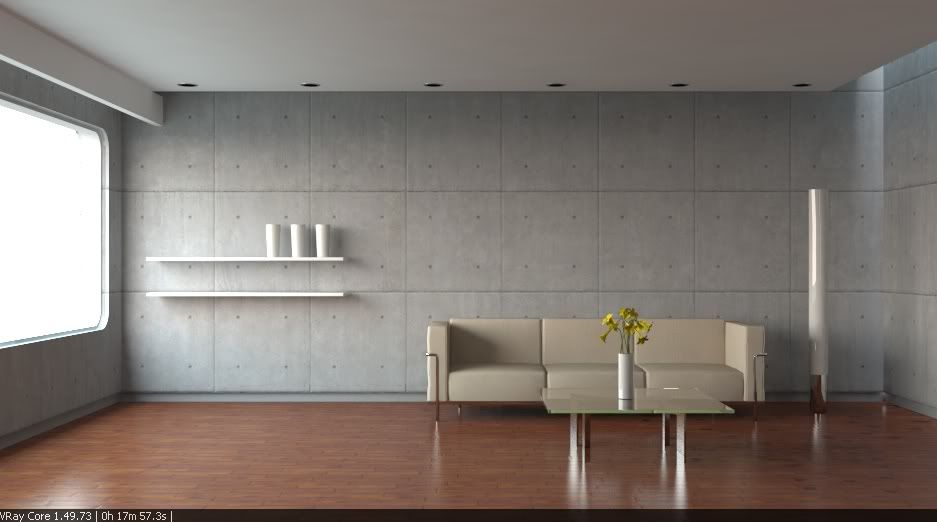
I'm sure, not anything is perfect - the adaptive amount could be set at 100%, the memory usage is high and the two buckets (if a dual core is used) could cause different noise levels at the buckets, but I'm sure, this problems can be solved. After Vlado has done the first step with his universal method here my second step for a fast universal method.
yesterday I try to find an easy&fast-all-for-one-setup and ... I found one.
My goal was to find a workflow, that allow to render "every" scene with one setup and without subdiv settings of materials ... and fast must it be. Now call me a fool ...
Befor I explain and bring confusion, here my settings (at vray for rhino).

Standard method adative 1/4 0.85 ....

Quasi full adaptive IM

Like I have shown here, it's possibe to set Vray in progressiv mode per full image bucket size and "full" adaptive rendering. In combination with PQMC the results are:
Quasi full adaptive IM + progressiv final pass stoped after 13min

Quasi full adaptive IM + progressiv final pass stoped after 10min

Yesterday, after I tested the basic IM options, I wrote this at the VfR forum:
Originally posted by Micha

... "use for glossy rays" of the LC enabled

I'm sure, not anything is perfect - the adaptive amount could be set at 100%, the memory usage is high and the two buckets (if a dual core is used) could cause different noise levels at the buckets, but I'm sure, this problems can be solved. After Vlado has done the first step with his universal method here my second step for a fast universal method.
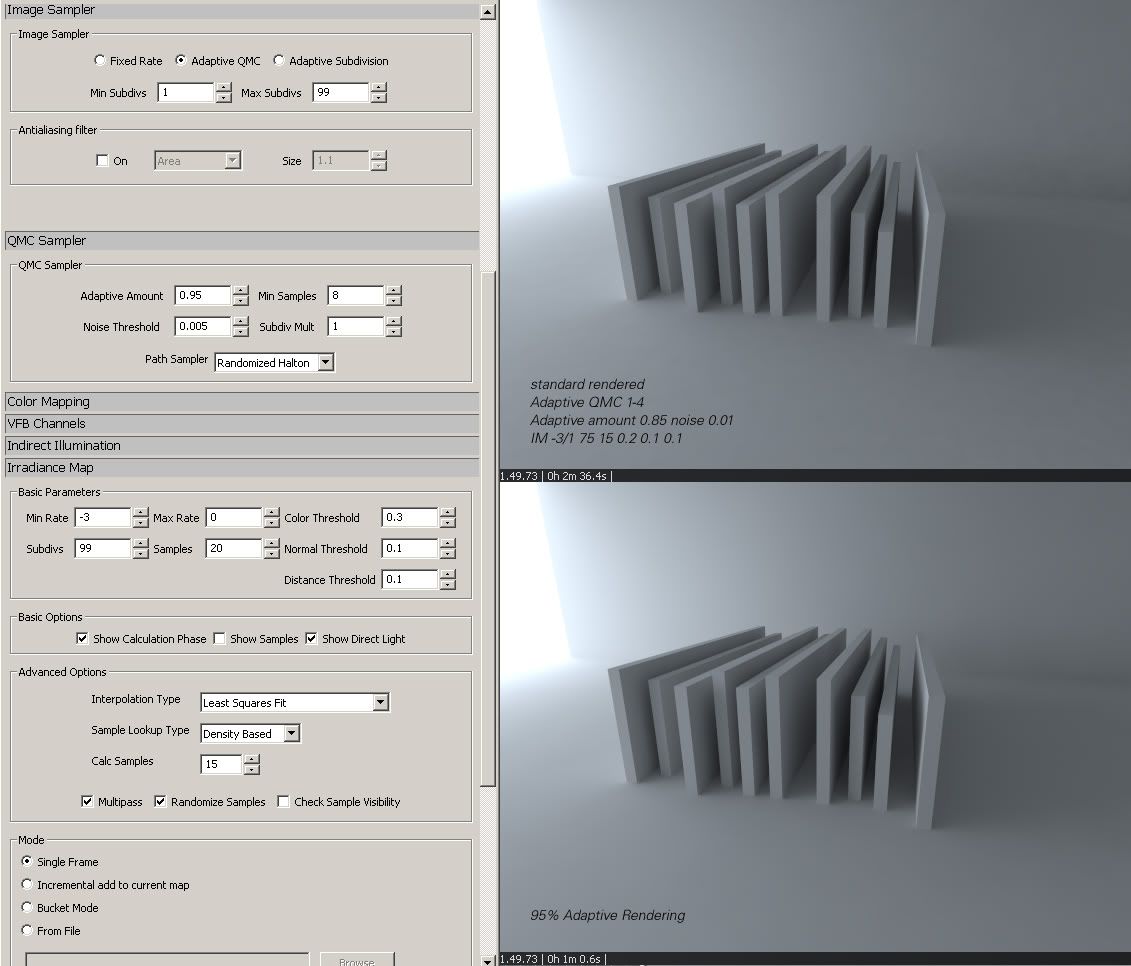
Comment